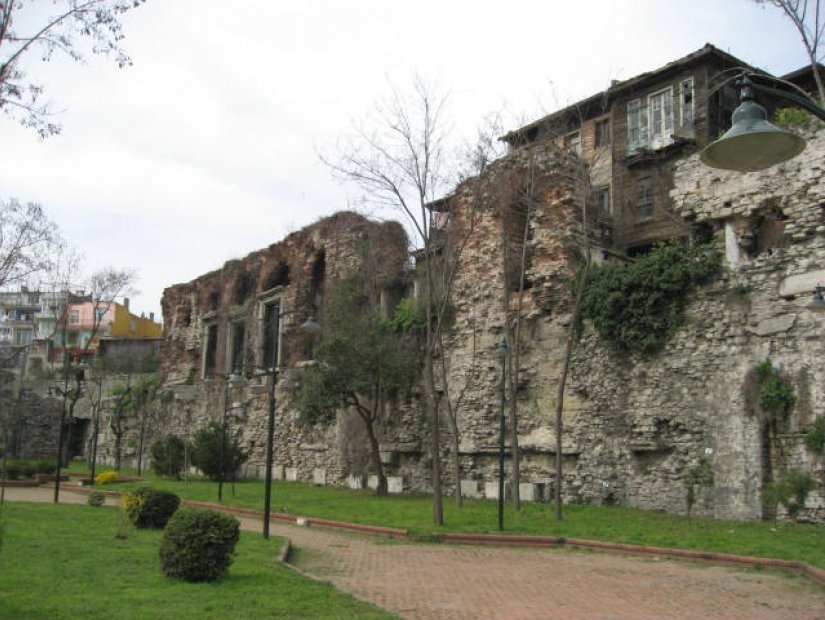Blog
Summer Palace of the Byzantine Emperors: Boukoleon Palace
Summer Palace of the Byzantine Emperors: Boukoleon Palace
Summer Palace of the Byzantine Emperors: Boukoleon Palace
Bukoleon Palace is a Byzantine palace located in Istanbul, on the shores of the Marmara Sea of the historical peninsula, in the Çatladikapı area. Unfortunately, only its remains have survived. Istanbul Metropolitan Municipality uncovered the palace, and it entered the UNESCO world heritage list.
The area where the palace is located was known as Hormisdas during the Byzantine period. Therefore, it is also known as the Hormisdas Palace. It is estimated that the palace was built in the 5th century during the reign of Theodosius II. Boukoleon was at that time part of the grand palace complex. Between the 9th and 11th centuries, it was the main house where the emperors lived.
Boukoleon is a magnificent structure that witnessed many events during the Byzantine period. After 1081, the emperors used this palace for diplomatic meetings. Later on, it served as a holy place where church councils were held. Coronation and victory ceremonies, birth and wedding celebrations were held here.
During the Latin invasion, Bukoleon Palace served as a residence for Latin rulers (1204-1261 AD). The Bukoleon Palace was the name given to the entire Great Palace by the Latins. The Paleologos dynasty moved to the Blachernaean Palace after the Latin invasion (1261-1453 AD) and left the Bukoleon Palace. The fires that broke out in this region, which was a settlement during the Ottoman period, destroyed almost the entire part of the palace. However, the real blow was struck by the construction of the Rumeli railway line at the end of the 19th century and the beginning of the 20th century. The landside of the palace was destroyed, and only the facade on the side of the sea walls remains today.
In the 1870s, railroad construction destroyed the western half of the palace. On both sides of this part, there was a bay window with seated lion sculptures. The palace's east side is still standing. The outside is made up of compartments covered in brick vaults. A full-length balcony supported by marble consoles set in the wall stretches in front of the palace, which connects to the Marmara Sea through a series of marble-framed windows and doors. On the Faros side, the spaces were adorned with ornately carved columns. The Istanbul Archeology Museum still has several of the pier bodies from these works on display.


